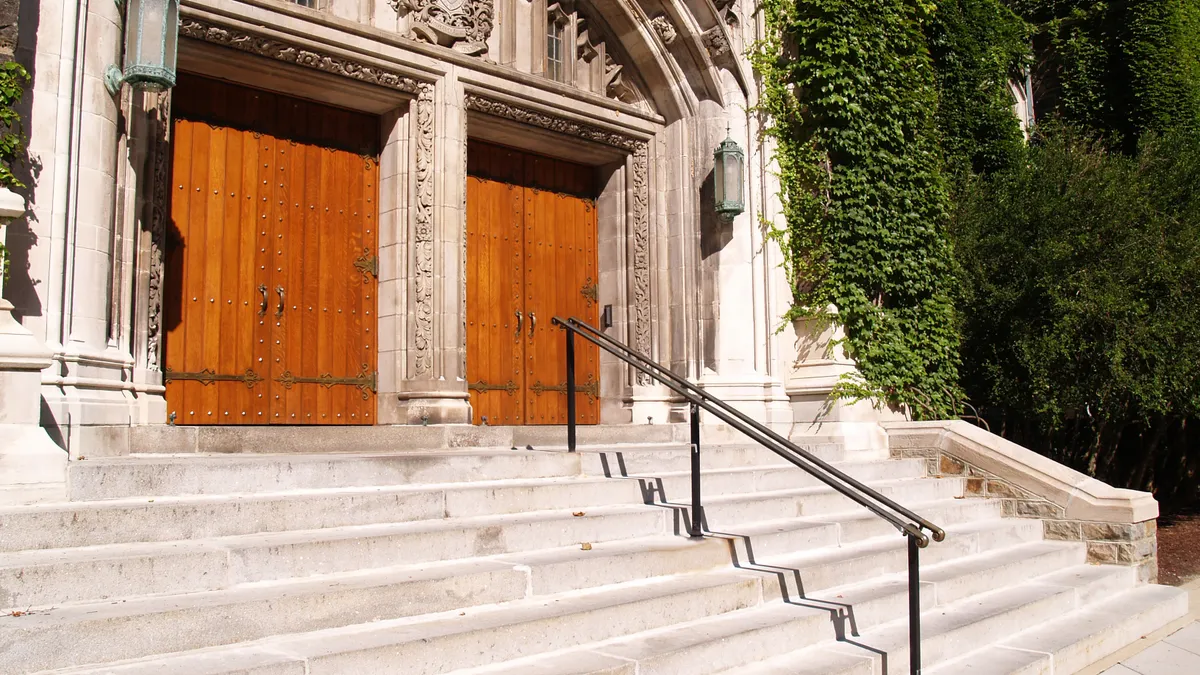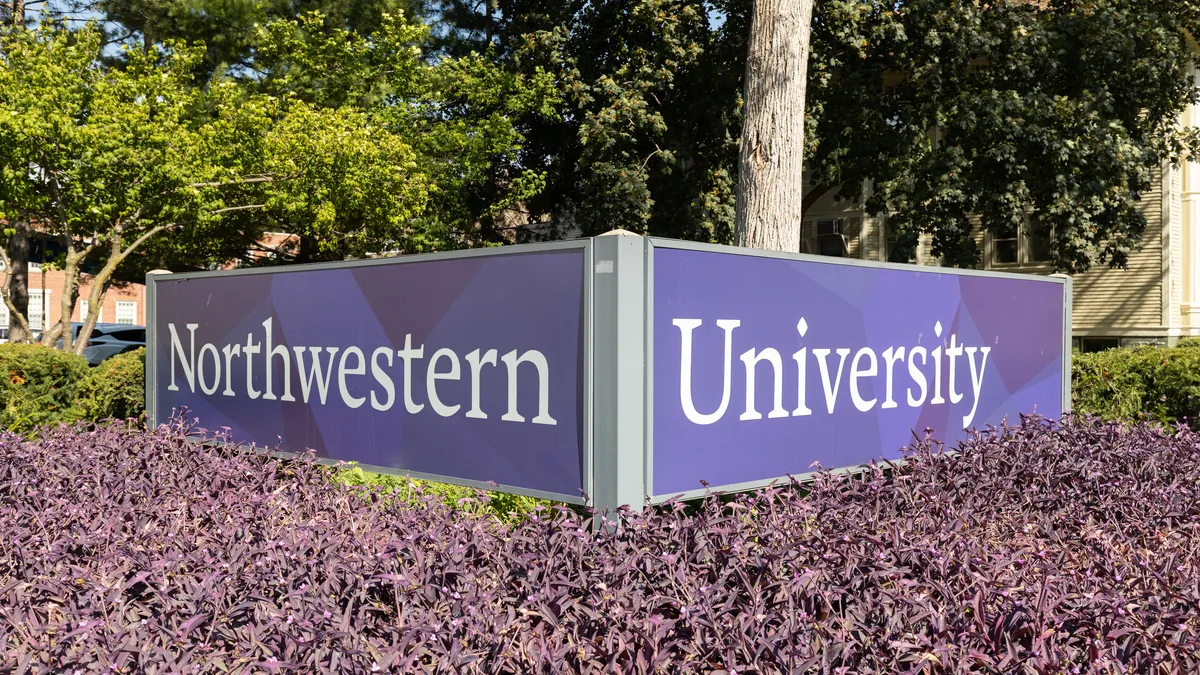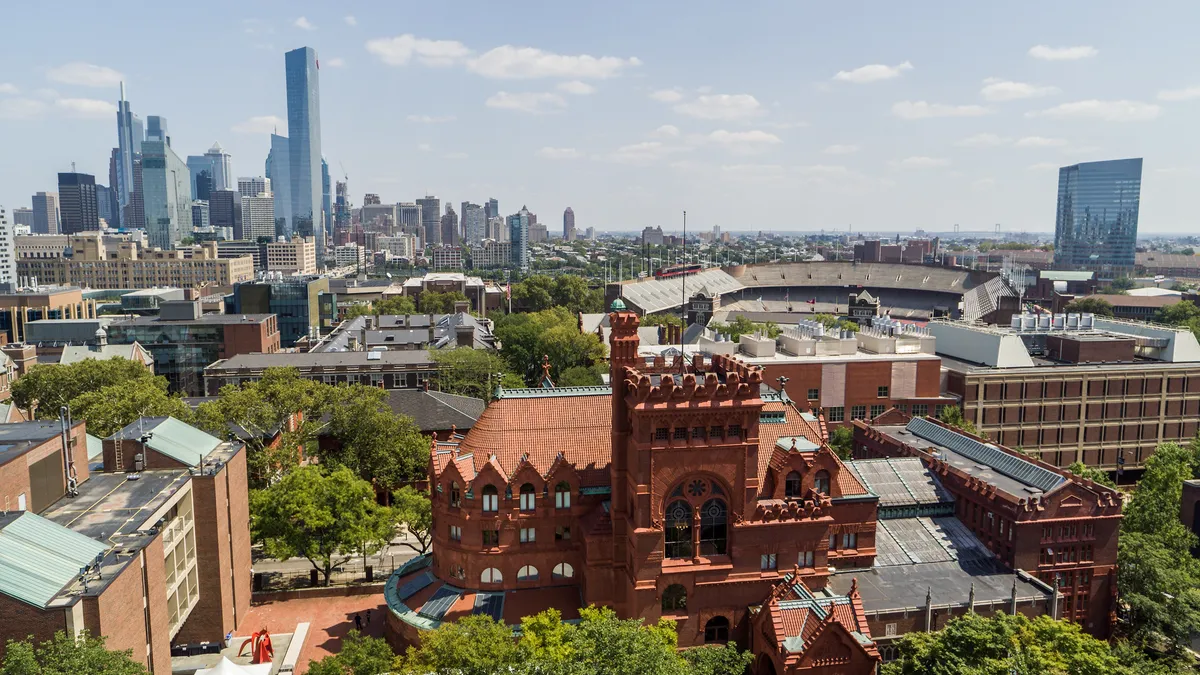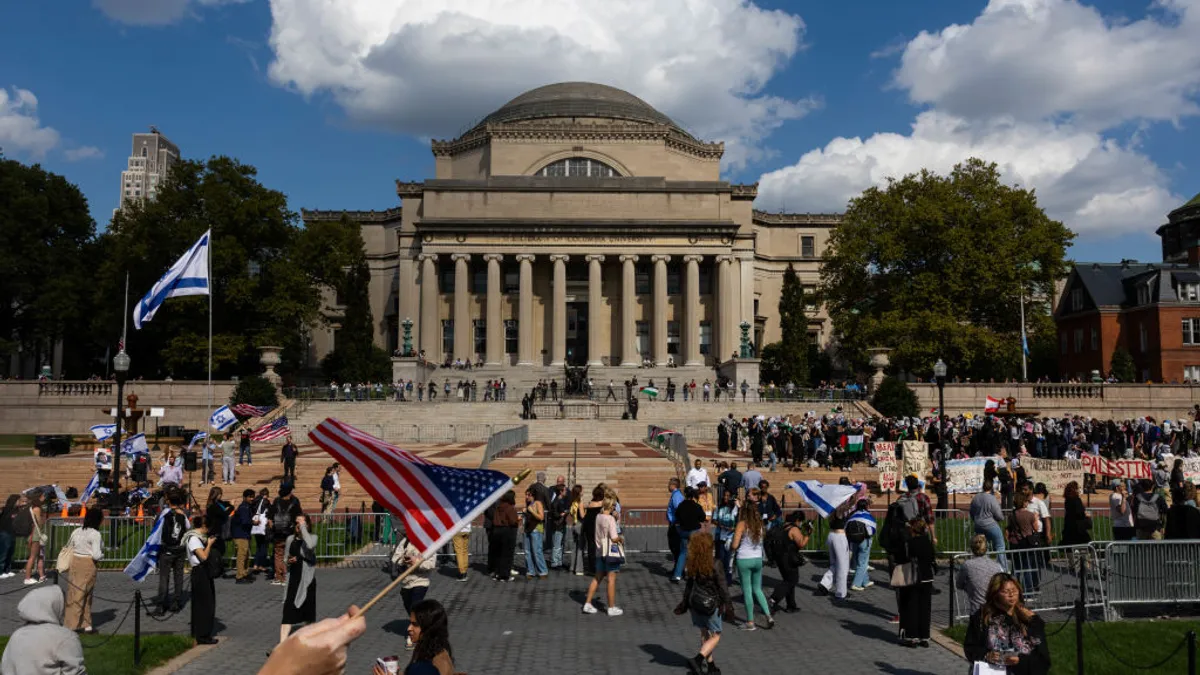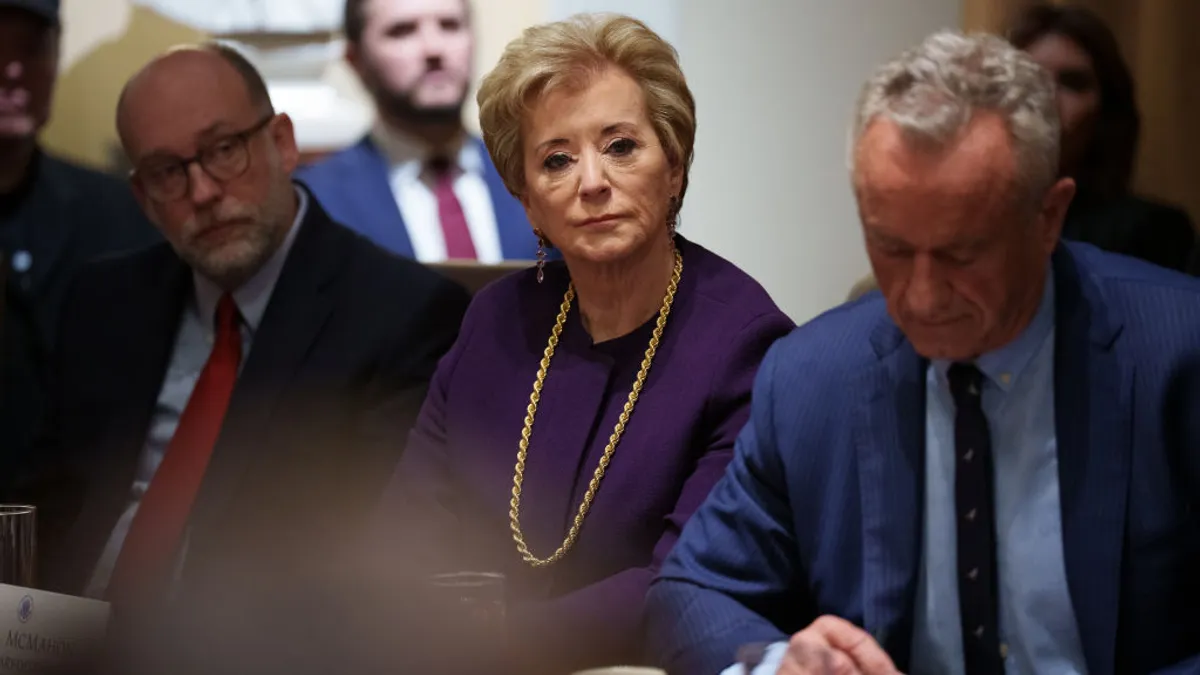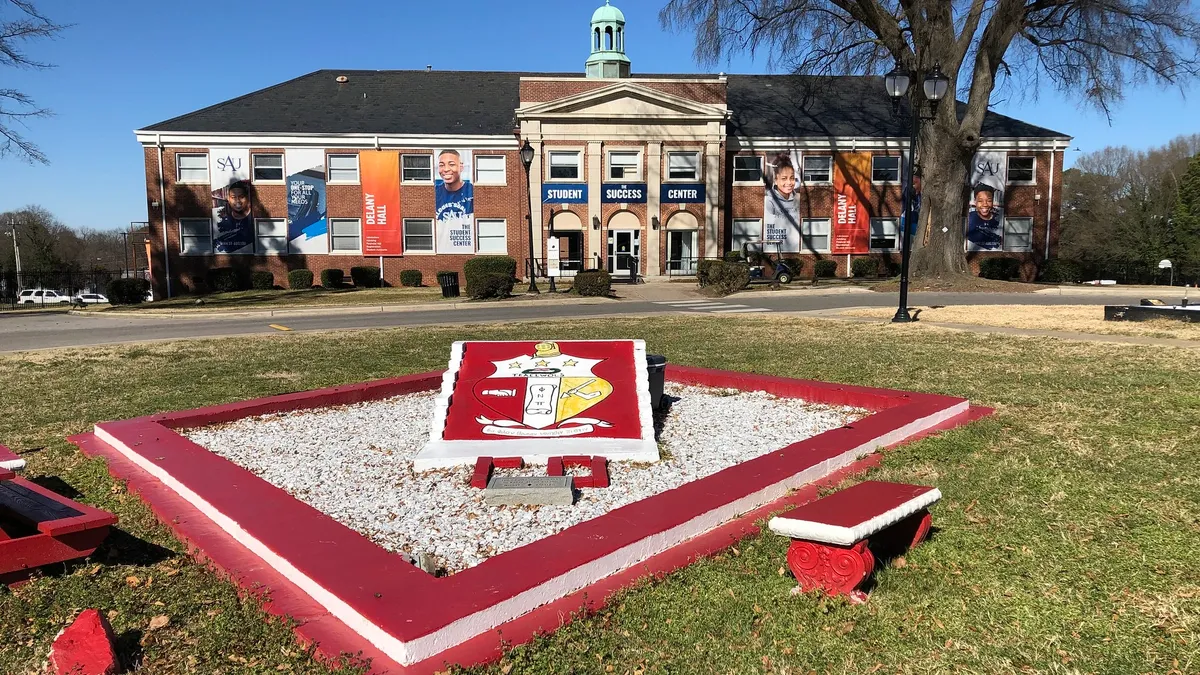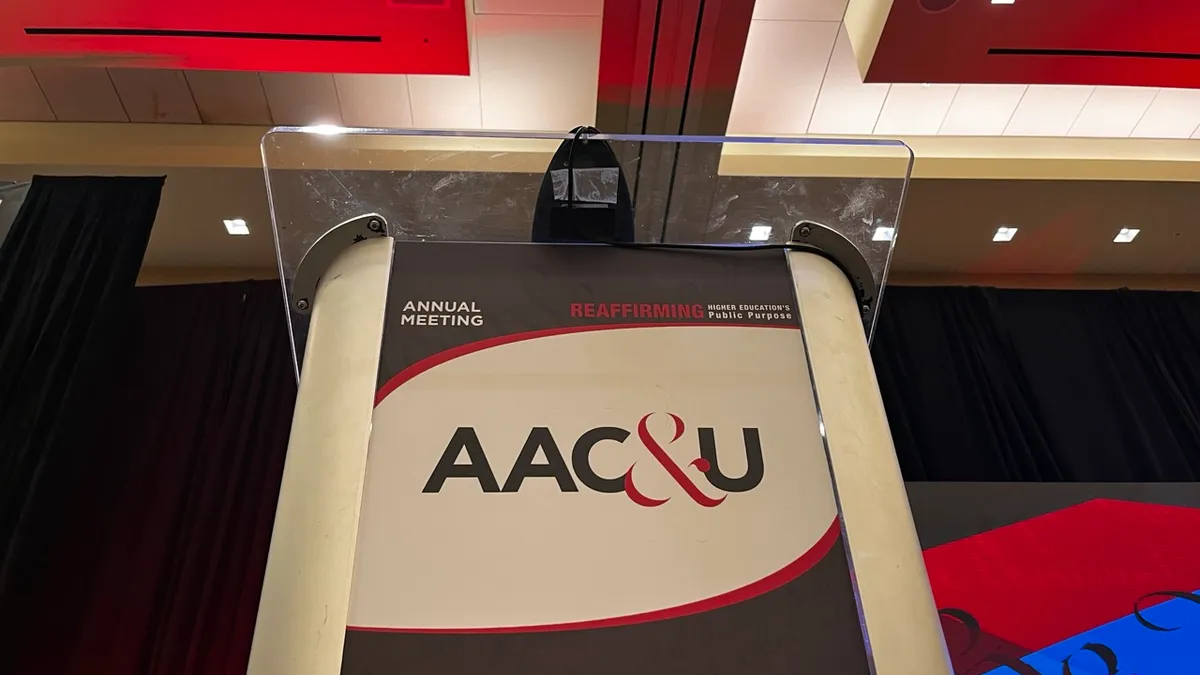At this year's North American Victorian Studies Association conference, participants were just as likely to pass portable air purifiers and N95 mask giveaways as they were to bump into Brontë and Dickens scholars.
The NAVSA conference, hosted earlier this month by Lehigh University, heavily emphasized COVID-19 mitigation efforts for the group's first in-person conference since 2019, according to organizers.
For Lorenzo Servitje, co-organizer of the conference and a literature and medicine professor at Lehigh, it wasn't just his first time hosting a conference in person since the pandemic began — it was his first time attending one since then.
He and the rest of the event's team wanted to make attendees feel as safe and welcome as possible, Servitje said. This proved to be a significant undertaking.
President Joe Biden said last month that the pandemic is over — even though the World Health Organization hasn’t yet made the same declaration — and the U.S. Centers for Disease Control and Prevention is switching from daily to weekly COVID-19 data releases. Still, COVID-19 will remain among a top cause of death in the U.S. for the foreseeable future, disease experts predict.
During the conference, Pennsylvania showed a seven-day average of more than 2,500 cases. And the number of counties in the state with high levels of COVID-19 community transmission rose from four to seven that week, Centre Daily Times reported.
A large part of the conference’s safety plan involved maintaining open communication with attendees. Before the conference, guests could request free N95 masks and antigen tests in the mail. The association also made masks and tests available throughout the event. And attendees could easily access information on community transmission and risk levels in Bethlehem, Pennsylvania, where the roughly 300-person conference took place.
"It's labor intensive and requires lots of expertise," Servitje said after the event. "I'm by no means an epidemiologist or a public health practitioner. There was lots of consultation with so many experts."
The cost of safety
On site, organizers calculated the ventilation capacity of each venue and measured carbon dioxide and relative humidity levels, according to Servitje. Each room had handmade portable air purifiers, known as Corsi-Rosenthal boxes.
The cost-effective purifiers were designed in response to COVID-19, in what Smithsonian Magazine has described as a “testament to the power of grassroots innovation.” In less than a hour, individuals — in this case NAVSA organizers and members of Lehigh's engineering department — can assemble one of the boxes out of a fan and a half-dozen or so furnace filters, all available at a typical hardware store.
As with many events, however, not everything went exactly as intended.
Originally, the purifiers were supposed to automatically turn on when a room's carbon dioxide levels got too high, Servitje said. But a temperamental Wi-Fi connection meant conference leaders decided to leave the boxes running, while still capturing carbon dioxide data for later study.
This mindset — erring on the side of caution — led to extra costs.
Servitje requested additional event funding for COVID relief efforts from Lehigh's Arts and Sciences College, which allocated $3,000 to the cause. In addition to masks and tests, the conference set aside money for refunds to people who had to cancel due to illness, as well as for attendees who got sick during the conference and had to extend their hotel stays.
The conference also sought support from outside businesses, including Aranet, a tech company that provided carbon dioxide monitors at a significant discount, Servitje said.
"There's a lot of opportunities for institutions and outside stakeholders to provide materials or sponsor some of the resources required to make things safer," Servitje said.
The extensive planning also left room for game-time additions.
One undergraduate engineering student who helped build the Corsi-Rosenthal boxes had the idea to add a QR code to the top of each one, Servitje said. The code, captioned "What Am I Doing Here?," connected attendees to a website explaining the boxes' purpose and how they worked.
"That last-minute idea seems really important to me," Servitje said. "That's a whole other way of getting people interested and invested. It's also being creative when you're in a do-it-yourself pandemic and there's not a lot of guidance."
Using NAVSA's efforts as a case study
A significant part of NAVSA's plans to mitigate COVID is still to come.
Researchers from Lehigh, Muhlenberg College and San Francisco State University are using the conference as a case study to help other colleges and academic organizations create safe in-person events.
"When we were consulting public health practitioners and epidemiologists about best practices, we couldn't find any for conference events,” Servitje said. “Different medical and public health associations were all over the map.”
The survey aims to study how people's behaviors vary when attending a conference and to create research-backed guidelines for COVID-safe conferencing. Researchers invited anyone who attended the conference to participate, with interviews before, during and after the event.
The conference's well-publicized pandemic safety efforts influenced guests' decision to attend, according to Martha Lincoln, an anthropology professor at San Francisco State University and member of the survey project.
"I heard from more than one person that they would not perhaps have attended the conference at all if they hadn't seen what the organizers were planning," she said.
Just under 300 people registered for the Sept. 29-Oct. 2 event, with only 20 registering for the virtual-only option.
This demonstrated preference for in-person attendance came from a pandemic-induced isolation, according to interviews Lincoln conducted.
"People told me that they had badly missed conferences and really felt the lack of a lively professional network, from being at exclusively online conferences for the last two years," Lincoln said.
Diligent communication from event organizers on their COVID-19 management plans also seemed to encourage people to attend and participate, she added.
"Many other professional organizations, including ones focused on public health and medicine, had a more laissez-faire approach to their COVID safety and the kind of norms that they wanted to set,” Lincoln said.



